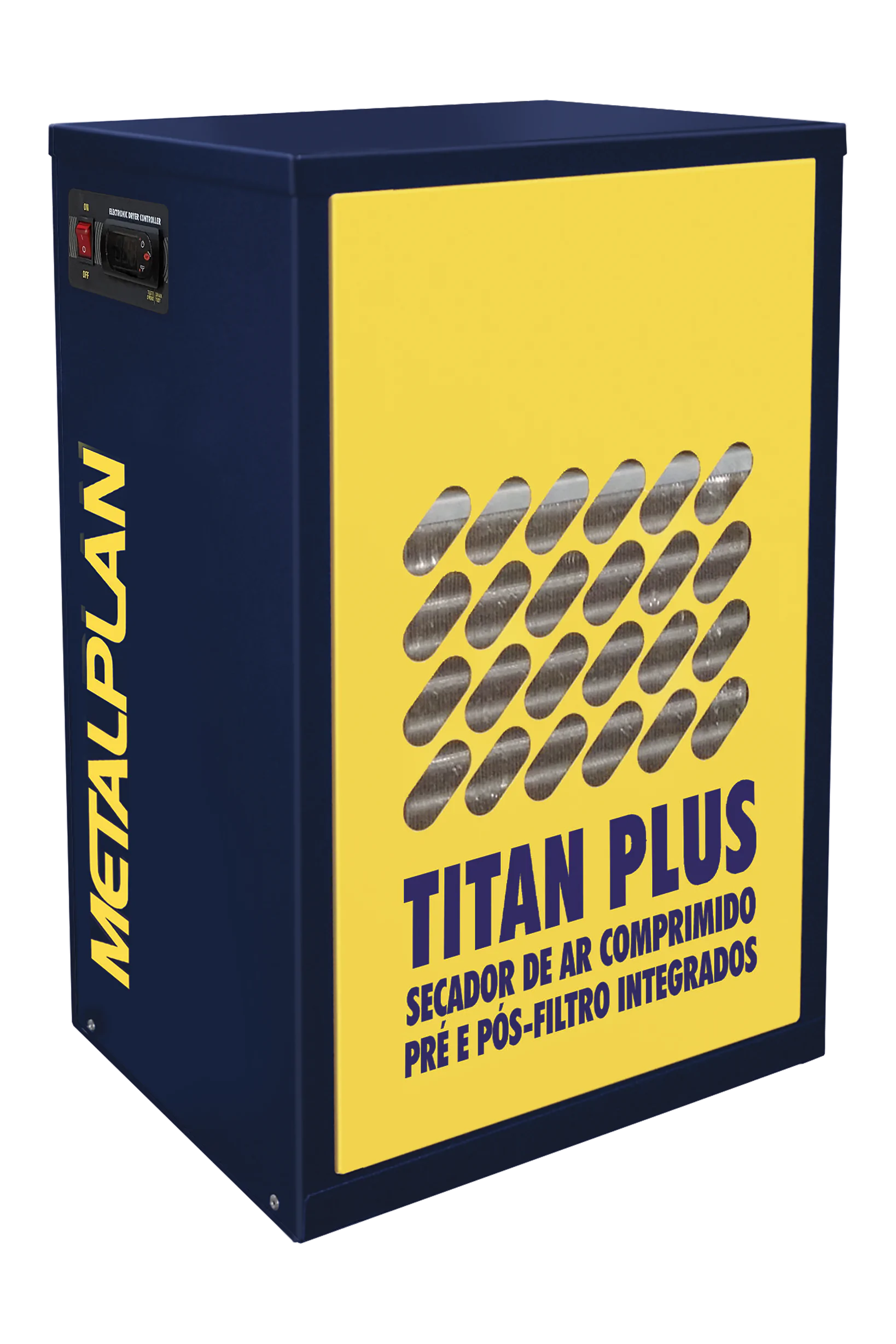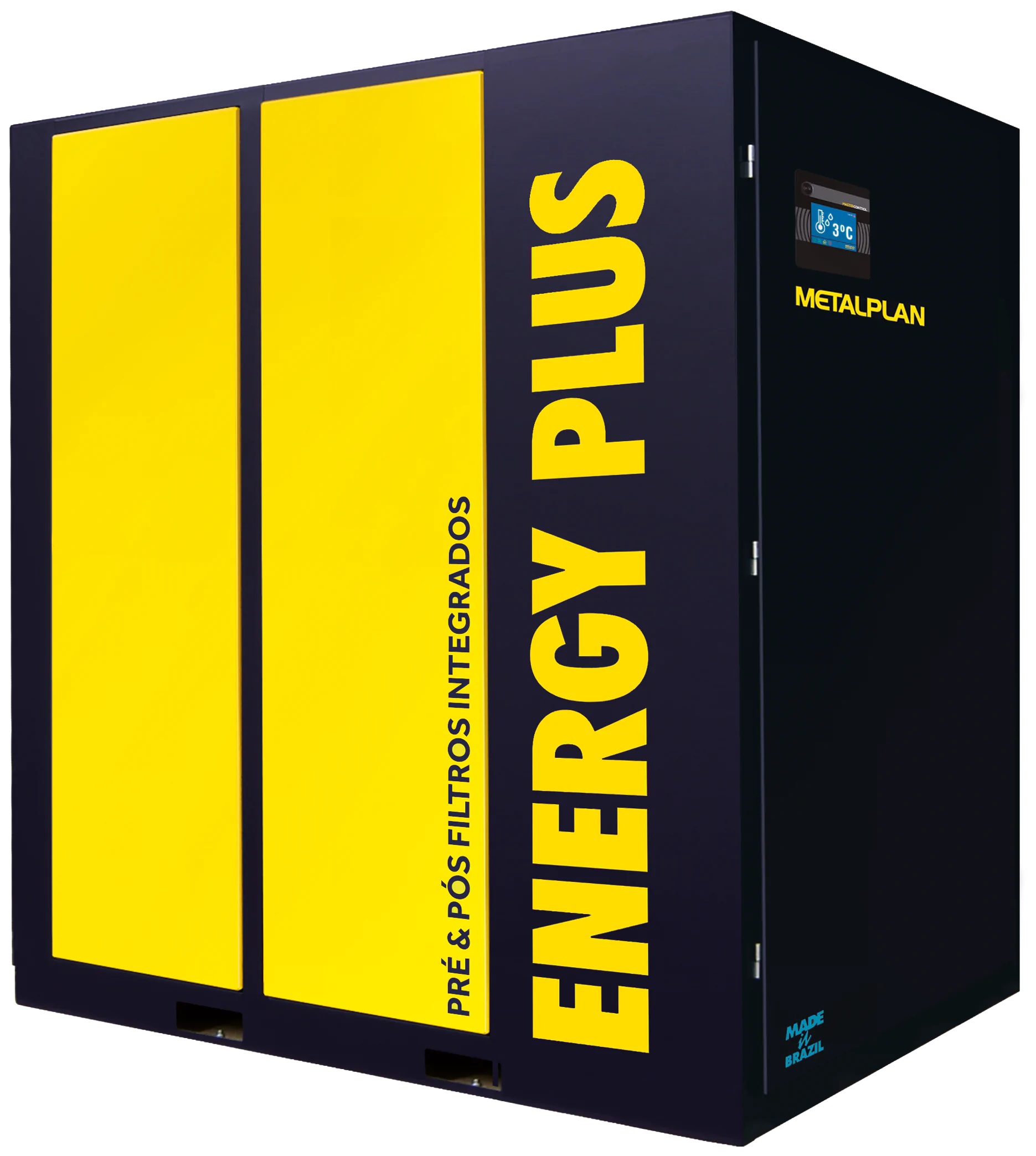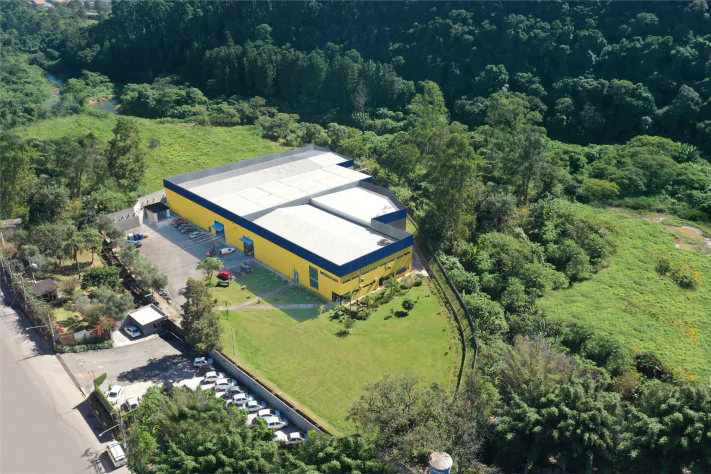Frequently Asked Questions about Compressed Air Dryers
Publications on Compressed Air Dryers
Products
Compressed air
Air Compressors
- Screw compressor | Rotor Plus (4 to 25 hp)
- Screw compressor | TotalPack Flex (10 to 250 hp)
- OIL-FREE SCROLL COMPRESSOR | SCROLLTECH ZERO OIL FREE (5 to 50 hp)
- OIL-FREE PISTON BOOSTER/HIGH-PRESSURE COMPRESSOR (UP TO 40 BAR)
- LUBRICATED PISTON BOOSTER/HIGH-PRESSURE COMPRESSOR (UP TO 40 BAR)
Compressed air dryers
- Absorption dryers | DewDrop (6 to 32 pcm)
- Refrigeration dryer with integrated filters | Titan Plus (20* to 250 pcm)
- REFRIGERATION DRYER WITH INTEGRATED FILTERS | ENERGY PLUS (250 to 9600 pcm)
- Adsorption dryer | Hybrid (15 to 20000 pcm)
Filters and purifiers
- Coalescing, adsorbing and microbiological filters | Hyperfilter
- ISO Class Zero module / oil-free air | ModuCarb
- BREATHABLE COMPRESSED AIR | Inspire
- Dental compressed air purifier | Dental Air Purifier
Compressed air Reservoirs
Aluminum Compressed Air Systems
Automatic Drains
- TIMED ELECTRONIC DRAIN | Cronomatic
- FLOATING BALL MAGNETIC DRAIN | Zeromatic
- FISHING DRAIN | EASY DRAIN
Condensate treatment
Premium Filtration Elements
Lubricants
- 100% synthetic oil for air compressors | Rotor Oil Extra EcoBlue
- FOOD GRADE 100% SYNTHETIC OIL FOR AIR COMPRESSORS | Rotor Oil Extra Food Grade
Adsorbent / absorbent materials
Compressed air
On-site nitrogen generators
- ON-SITE GASEOUS NITROGEN GENERATOR (INDUSTRIAL) | NitroMax
- ON-SITE GASEOUS NITROGEN GENERATOR (AUTOMOTIVE) | NitroMax Tyre
On-Site Oxygen Generators
- ON-SITE GASEOUS NITROGEN GENERATOR (INDUSTRIAL) | OxiPlus
- ON-SITE GASEOUS OXYGEN GENERATOR (MEDICAL) | OxiPlus Med
INDUSTRIAL REFRIGERATION
BIOGAS & CNG
- LUBRICATED SCREW COMPRESSOR FOR BIOGAS | POWERPACK | UP TO 3000 M³/H
- LUBRICATED OR OIL-FREE PISTON COMPRESSOR FOR BIOMETHANE | FROM 300 M | UP TO 6000 M³/H
- LUBRICATED OR OIL-FREE PISTON COMPRESSOR FOR BIOMETHANE/CNG | SA 200 M | UP TO 6000 M³/H
- INTEGRATED COMPRESSION & PURIFICATION STATION | BIOGAS UPGRADING TO BIOMETHANE

CONTACT US
R. Fernão Dias, 14 - Cajamar - São Paulo -
Brazil - 07790-560
Phone: +55 11 4448-6900
E-mail: metalplan@metalplan.com.br
Monday to Thursday, from 8 a.m. to 6 p.m. Friday, 8am to 5pm.
SOCIAL MEDIA
All rights reserved | Privacy policy
Developed by Agência Tipo








